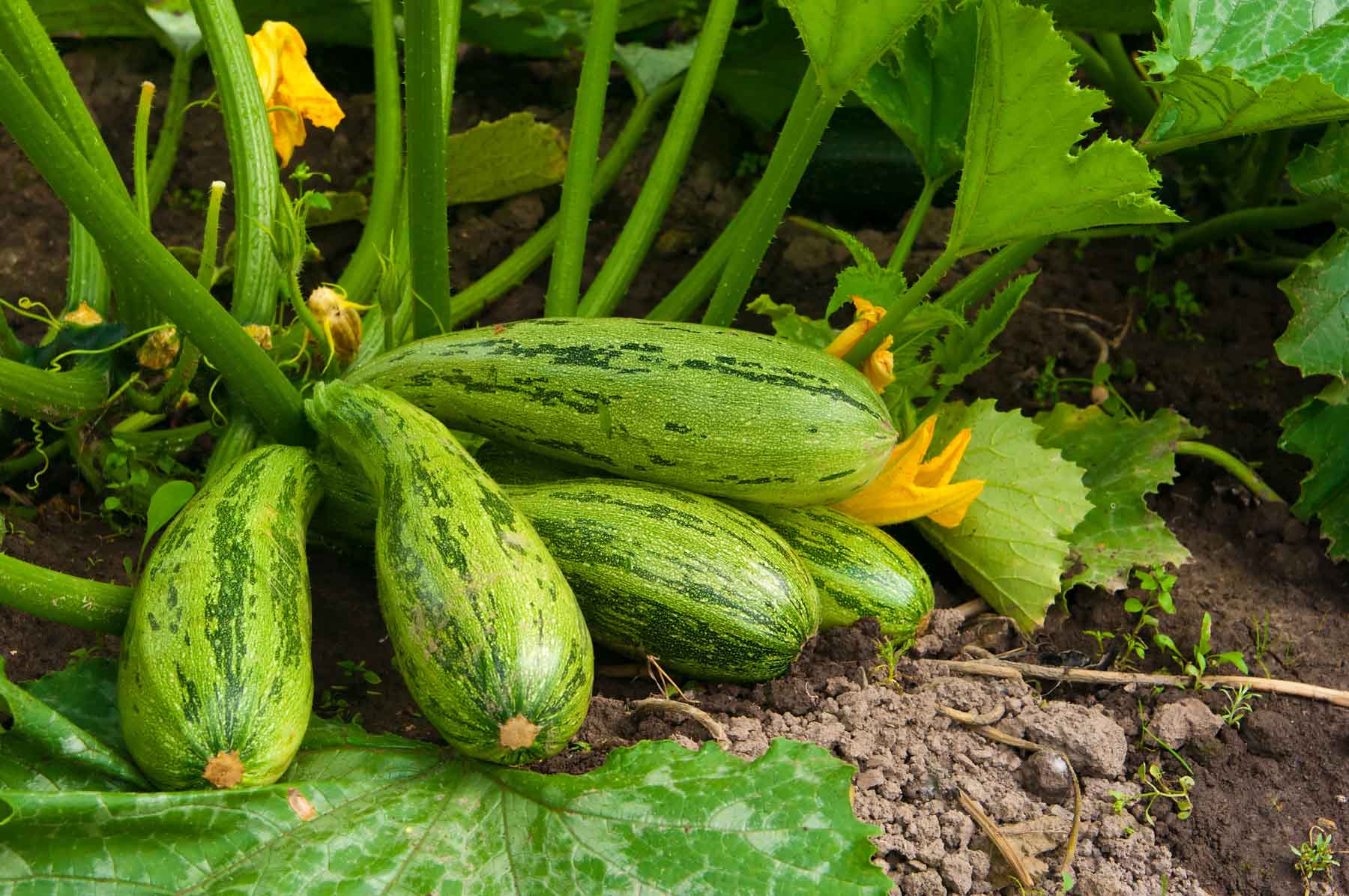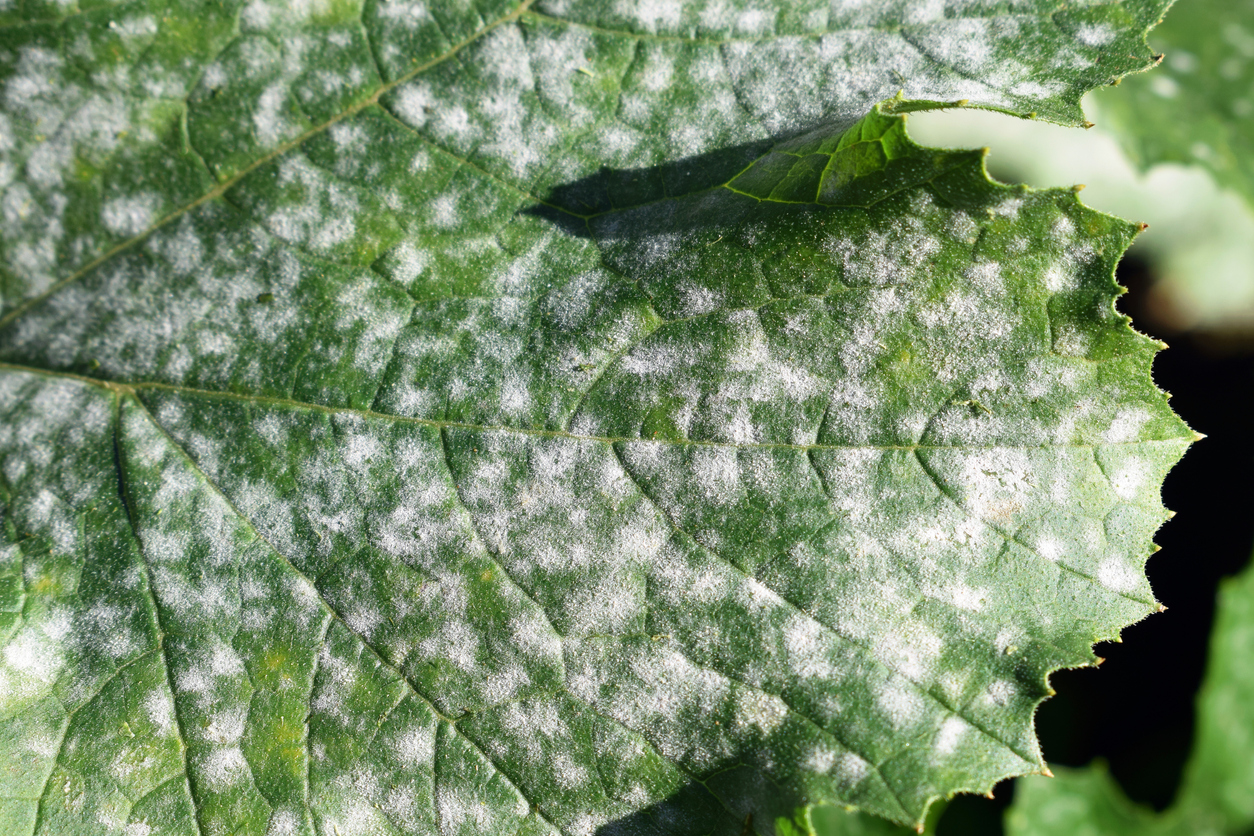To water squash plants, ensure they receive regular watering, keeping the soil moist but not waterlogged. Additionally, consider using a drip irrigation system for consistent moisture distribution.
Proper watering is essential for healthy squash plant growth and fruit production. Watering squash plants is crucial for their overall health and productivity. As an avid gardener, you must understand the importance of providing adequate water to your squash plants.
This article will guide you on the best practices for watering squash plants, ensuring optimal growth and a bountiful harvest. By following these simple watering techniques, you can provide your squash plants with the moisture they need while avoiding common watering mistakes that can lead to plant stress or even failure. So let’s dive in and explore the best methods for watering squash plants to ensure their success in your garden.

Credit: bonnieplants.com
Why Proper Watering Is Essential For Squash Plants
Proper watering is crucial for the healthy growth of squash plants. Adequate water supply is essential to ensure their development and yield. However, overwatering can lead to root rot and other diseases, which can harm the plants. On the other hand, underwatering can cause wilting, stunted growth, and reduced productivity.
It is crucial to find the right balance and water squash plants appropriately. Checking the soil moisture regularly and adjusting watering frequency accordingly can help achieve optimal conditions. As squash plants have shallow roots, it is important to water them deeply but infrequently, allowing the soil to dry out slightly before the next watering.
Providing the right amount of water will ensure the plants thrive and produce a bountiful harvest. Remember, finding the right balance is the key to successfully watering squash plants.
Factors To Consider For Watering Squash Plants
Proper watering is crucial for the health and productivity of squash plants. One of the factors to consider is soil moisture levels. It’s important to ensure that the soil is consistently moist but not waterlogged. Different varieties of squash may have varying water requirements.
Climate conditions also play a role in determining the watering needs of squash plants. Hot and dry climates may necessitate more frequent watering, while cooler and more humid environments may require less. Additionally, the type of squash plant can also impact the watering schedule.
Some varieties, like summer squash, prefer consistently moist soil, while others, like winter squash, can tolerate drier conditions. By considering these factors and monitoring soil moisture levels, you can give your squash plants the water they need to thrive.
How to Water Squash Plants: Step by Step Guide
Assessing Soil Moisture Levels
Assessing soil moisture levels is crucial for watering squash plants effectively. To determine if the soil has adequate moisture, you can use a moisture meter or simply rely on your finger. Insert the meter or your finger into the soil and check the reading or feel for moisture.
It is equally important to recognize signs of both overwatering and underwatering. Overwatering can lead to wilting, yellowing leaves, and root rot. Underwatering, on the other hand, causes dry, brittle leaves and stunted growth. By regularly assessing soil moisture and being mindful of these signs, you can ensure optimal watering for your squash plants.
Remember, the key is to maintain a balance and provide adequate water to promote healthy growth.
Watering Techniques For Squash Plants
Watering techniques for squash plants can make a significant difference in their health and productivity. When it comes to watering squash plants, it is important to understand the difference between deep watering and surface watering. Deep watering allows the water to reach the roots, promoting strong and healthy growth.
Surface watering, on the other hand, only moistens the topsoil and can lead to shallow roots. To ensure deep watering, soak the soil around the plants thoroughly. The best time of day to water squash plants is in the early morning or late afternoon when the temperatures are cooler and evaporation is minimal.
This allows the plants to absorb the water effectively without losing too much moisture. By following these watering techniques, you can ensure your squash plants thrive and produce an abundant harvest.
Creating A Watering Schedule For Squash Plants
Creating a watering schedule for squash plants involves considering several factors, including the frequency of watering. One important factor is adjusting the watering schedule based on weather conditions. It’s crucial to be aware of the weather forecast and adapt the watering routine accordingly.
For example, during hot and dry periods, squash plants may require more frequent watering to prevent them from becoming stressed or dehydrated. On the other hand, during cooler and wetter periods, it may be necessary to reduce the frequency of watering to avoid overwatering and potential root rot.
By closely monitoring the weather and adjusting the watering schedule as needed, you can ensure that your squash plants receive the appropriate amount of water to thrive and produce a plentiful harvest.
Using The Right Amount Of Water
Determining the appropriate amount of water for your squash plants is crucial to their growth. Too much water can result in waterlogged soil and runoff, while too little water can lead to dehydration. To ensure your plants receive the right amount of water, consider a few factors.
First, check the moisture level of the soil by inserting your finger about an inch deep. If it feels dry, it’s time to water. Second, consider the weather conditions and adjust accordingly. In hot, dry climates, your plants may need more frequent watering.
Third, provide deep, thorough watering rather than light, frequent sprinkling. This encourages the roots to grow deeper and helps the plants withstand dry periods. Finally, avoid overhead watering to prevent fungal diseases. By following these guidelines, you can effectively water your squash plants and support their healthy growth.
Watering Methods For Squash Plants
Watering squash plants can be done in various ways. One effective method is using a drip irrigation system. This allows for targeted watering directly to the plants’ roots, reducing water waste. Another option is using a watering can or hose with a diffuser attachment to gently water the plants.
This method ensures the water is evenly distributed. Mulching is also important to retain moisture in the soil. Adding a layer of organic material around the plants helps prevent evaporation and keeps the soil moist for longer periods. By following these watering methods, you can provide your squash plants with the right amount of water they need for healthy growth and abundant harvest.
So, choose the method that suits your needs and enjoy growing delicious squash in your garden.
Water Conservation Tips For Squash Plants
Water conservation is vital when it comes to the health of squash plants. To ensure their hydration, there are a couple of methods you can employ. First, collecting rainwater provides a sustainable and cost-effective source for watering your plants. Second, you can reuse household water from activities like cooking or washing dishes.
By implementing these practices, you can save water and contribute to a healthier environment for your squash plants. It’s important to be mindful of water usage and explore alternative options to maintain the well-being of your plants.
Frequently Asked Questions For How To Water Squash Plants
Where Do You Water Squash?
Water squash at the base of the plant, aiming to keep the soil consistently moist.
Should You Water The Leaves Of Squash?
Watering the leaves of squash is not recommended as it can lead to disease and pest problems.
Can You Over Water Squash Plants?
Yes, overwatering squash plants can be harmful as excessive water may cause root rot.
How Do I Know If I’M Overwatering My Squash?
To know if you’re overwatering your squash, check for yellowing leaves, wilting, or waterlogged soil.
Conclusion
Proper watering is essential for the health and productivity of squash plants. By following the guidelines mentioned in this blog post, you can ensure that your squash plants receive the right amount of water for optimal growth. Remember to water deeply and infrequently, allowing the soil to dry out slightly between watering sessions.
A good indicator of when to water is to check the moisture level by inserting your finger into the soil. Avoid watering the leaves to prevent the growth of fungal diseases. Mulching around the plants can help to retain moisture and regulate soil temperature.
Regularly monitor the weather and adjust your watering schedule as needed. By implementing these watering tips, you can enjoy a bountiful harvest of delicious squash from your garden. Happy gardening!

